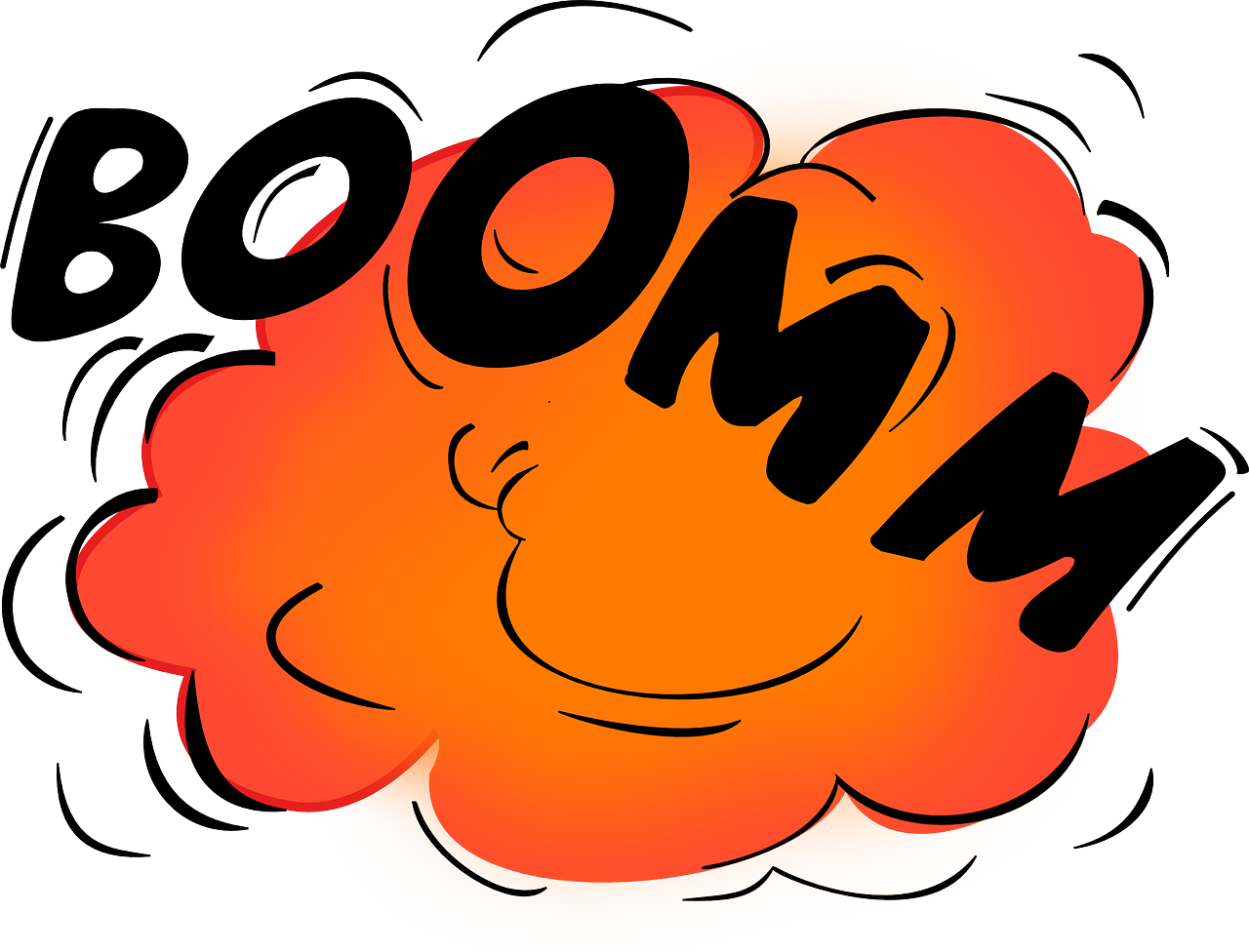The concepts of brand value and equity are well established. We all relate to brands to a greater or lesser degree. Marketing colleagues are seen as the ‘owners’ of the brand and regularly discuss brand health based on customers’ perceptions of their satisfaction with products and services. The marketing team will always take the lead in brand promotion and is now keener to involve us quality professionals when customers complain or a product/service-related problem occurs. We can sometimes be viewed as the internal investigators and enforcers while they keep the customer-friendly and external focus.
If you are unlucky enough to be involved with a product recall or service failure we have to work with marketing to understand customer expectations and work through ‘touch points’ in the customer journey (from advertising through to after-sales care) to understand potential risks between what is promised and what can be delivered. We are all interested in avoiding the negative publicity associated with any failure. Particularly when dissatisfaction can go viral in the age of social media.
Quality professionals are best placed to:
- challenge process capability for delivering reliably and repeatedly;
- coordinate the assessment and management of product-related risks;
- develop controls to prevent risk events from happening, and
- detect failures in the process and before consequences reach customers.
Whether providing consumer goods from your corner shop, designing and manufacturing cars like Toyota or managing upstream oil exploration and production like BP, you’ll have people in place assessing product and process risks and implementing systems that keep your organisation out of the wrong sort of headlines. And these people are quality professionals, perhaps by a different name!
Over a 40-year career working for many blue chip companies, I have seen instances when systems haven’t worked as intended and we’ve had to invoke emergency response plans – normally involving a cross-functional team of marketing, quality, operations and legal professionals. The makeup of the team depends on the incident and can change over time as the incident unfolds.
Phase 1 – Our first objective is to contain the situation, establish where any product is in the distribution channels and determine the rules for quarantining and recalling it. At the same time, it’s important to manage internal and external communications – not in an Orwellian Newspeak way but to ensure that an employee’s thoughts about what happened aren’t captured and presented by others as fact and/or the official company position. Consumer watchdog groups and the media are always looking to investigate parties involved in high-profile failures and are keen for quotes to fill TV news minutes and column inches. An ill-informed opinion of the state of a product recall can result in inaccurate coverage and can put your company under the wrong kind of media spotlight.
Phase 2 – Establish exactly what happened without assigning blame. Everyone should be clear on the facts in the event of an investigation by a regulator, and company press releases should be supported with all these facts. Inevitably you’ll question decisions made by individuals and there may be a tendency by some to cover tracks, but this has to be resisted as outside investigation is likely to be thorough. As for Watergate, the crime may not be the initial failure but in any intended cover-up.
Phase 3 – Takes us into the corrective action phase and we will often take the lead in implementing more robust systems based on the risk that we now know has been realised. Looking to the future, we will now examine what we can do to prevent something like this from happening again.

Leave a Reply